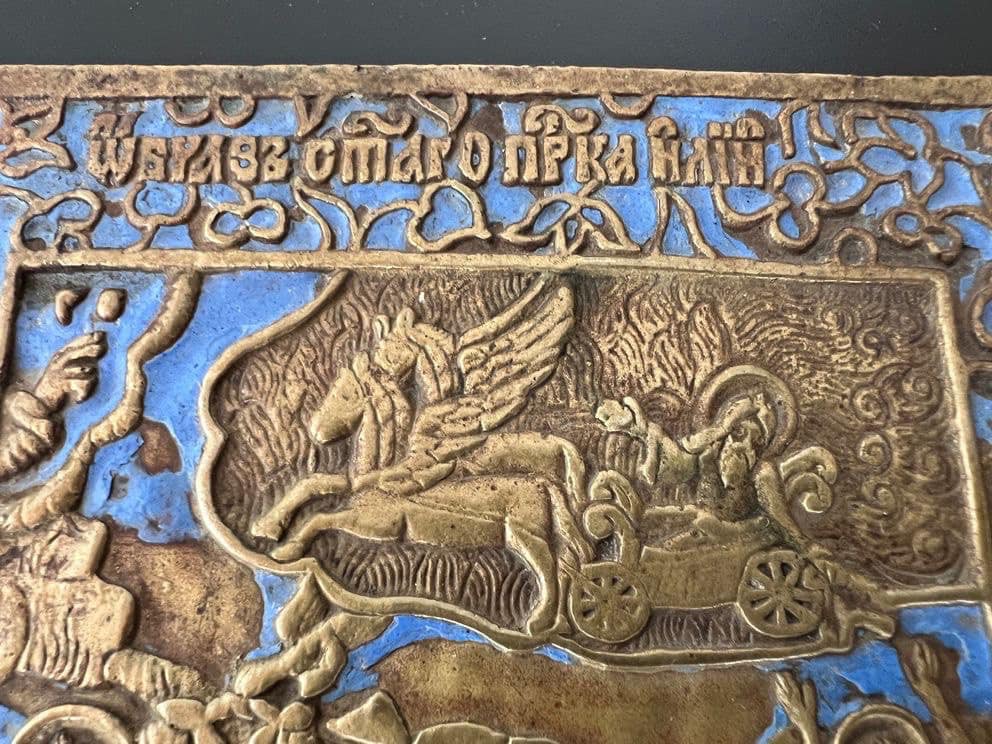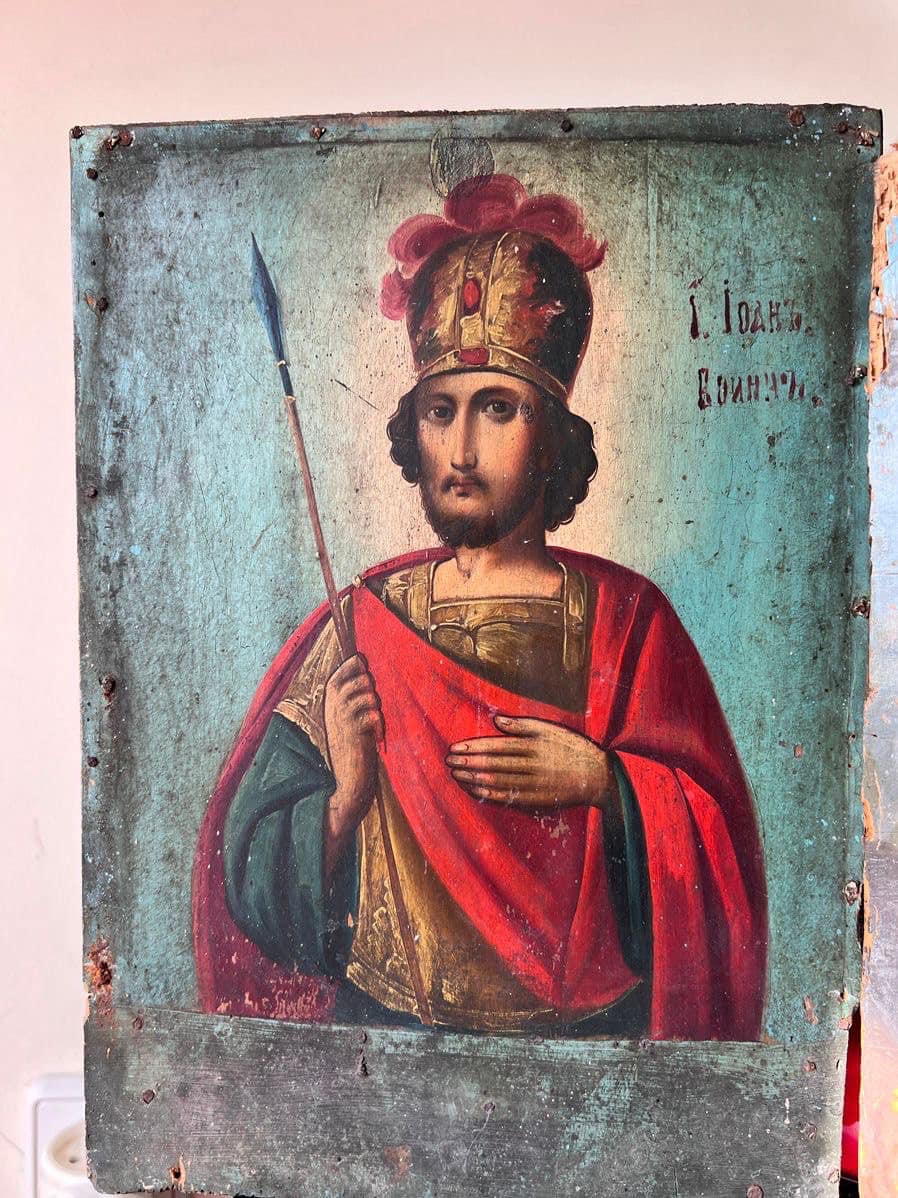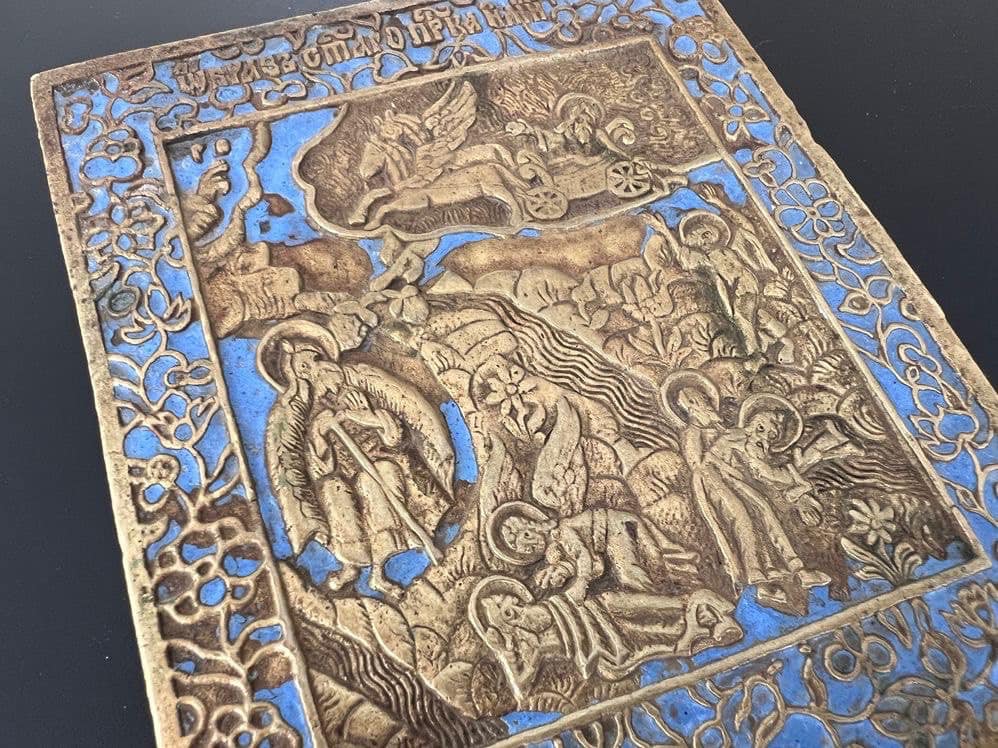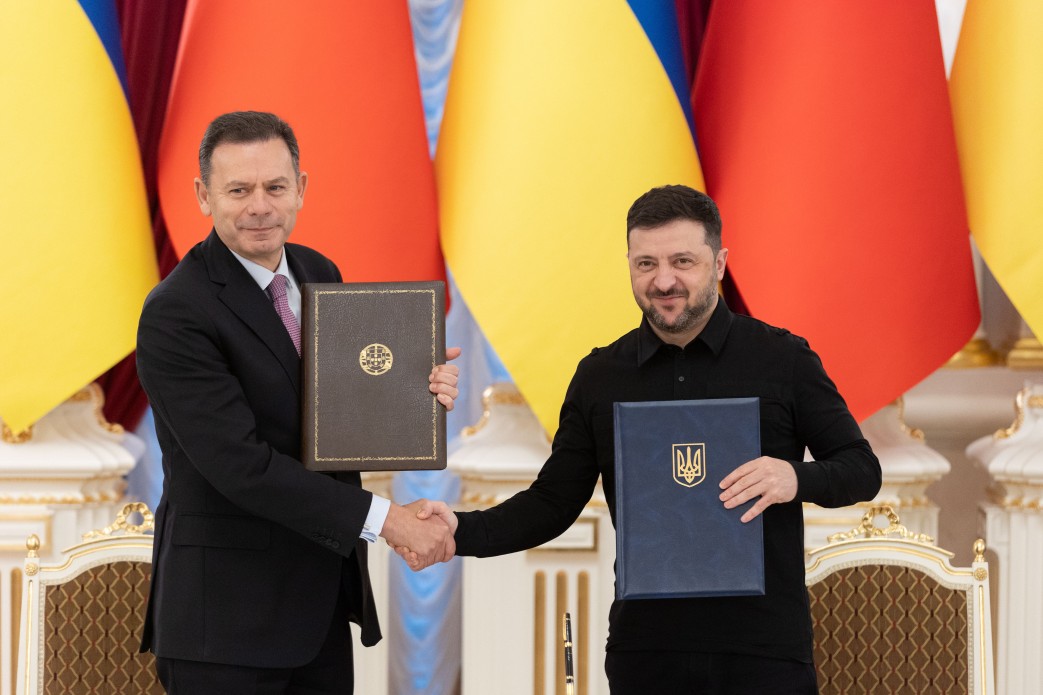During customs inspection of three international postal shipments from Kropyvnytskyi to the USA, the icons were discovered. Due to clear signs of antiquity, customs officers sent a portion of the icons to the National Art Museum of Ukraine and another portion to the National Museum of History of Ukraine for expert examination regarding their possible classification as cultural artifacts. According to museum experts, all icons have cultural and historical value.

Of the five icons submitted for examination, one was identified as "Saint Nicholas the Wonderworker" from the early 20th century. This relic can be attributed to the famous Borisivka icon-painting school. It is worth noting that Borisivka, where the icon was made, was once a major icon-painting center in Ukrainian Sloboda Ukraine and is now a historic and cultural phenomenon. Borisivka icons are considered unique due to the originality of the iconography, decor, and iconographic interpretation.

The second icon was identified as an Old Believer metal icon of "The Image of Saint Prophet Elijah" from the 19th century, adorned with blue enamel. Additionally, experts identified an icon of "The Resurrection of Christ" from the late 19th century, made using silvering technique. The remaining two icons, "Saint Archangel Michael" from the late 19th to early 20th century and "Saint John the Warrior" from the early 20th century, were made in icon-painting workshops according to established patterns following iconographic canons in the Russian Empire.

According to current legislation in Ukraine, permission documents from the Ministry of Culture of Ukraine are required for exporting cultural and historical artifacts abroad. Such documents were not provided to the customs officers. The icons were confiscated.
























